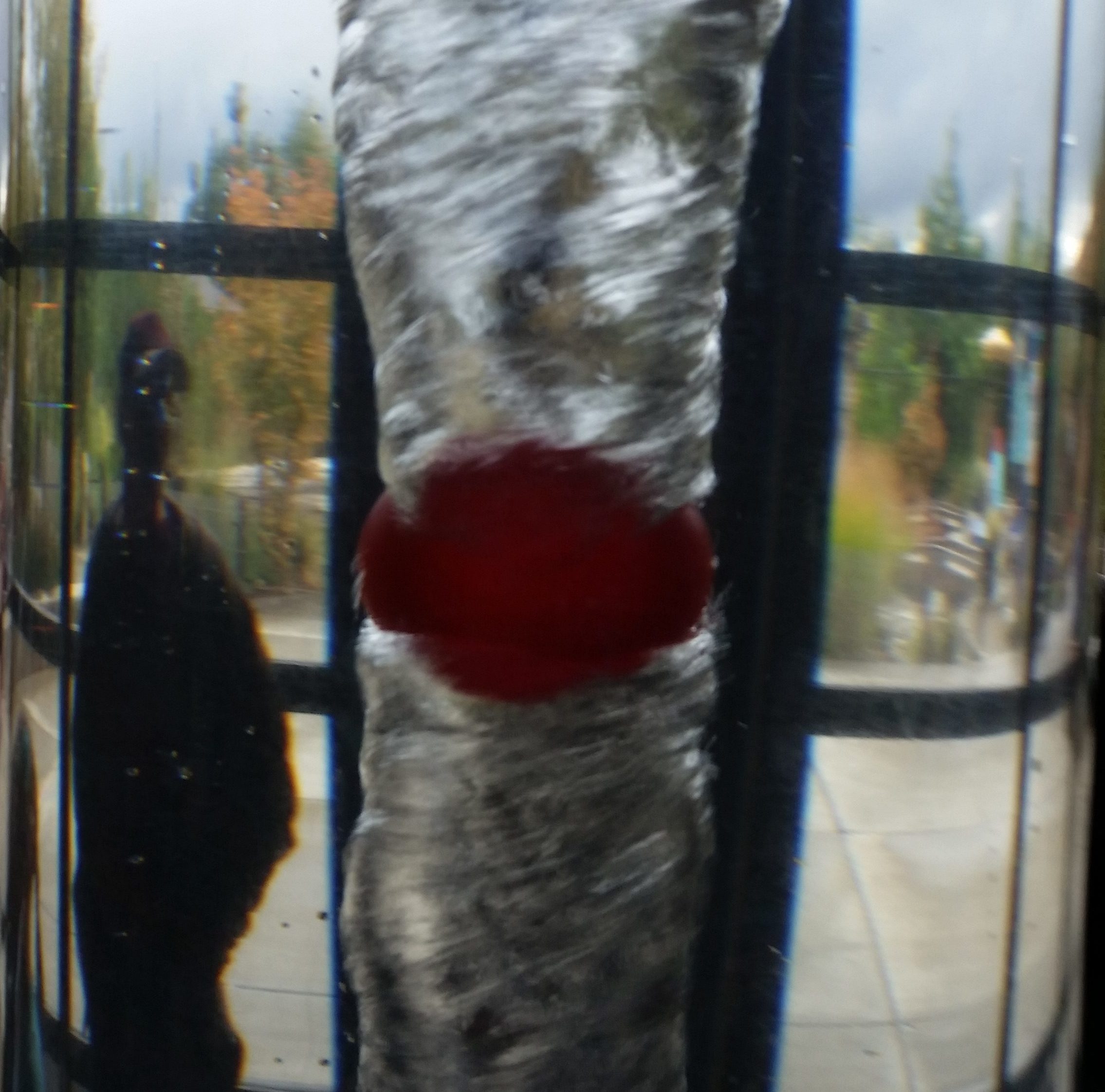How we know what we don’t know is likely the greatest challenge of humanity.
We attempt to solve this problem in many ways. Knowing through mentoring is one theme for this post.
One of my friends and mentors, Chuck Pezeshki, recently wrote a column for our local newspaper “How do we know what we don’t know.” A convenient solution to this proverbial challenge is empathy to develop the shared connections that help us design solutions regardless of the problems we’ll face. While this may answer the question of “what”, “how” we arrive at this empathetic network is just as challenging.
I recently engaged a long time friend and mentor, PK Northcutt, in the role of a consultant/auditor for the HYPER lab — a role he more correctly described as “Composer in Residence.” For those unfamiliar with the position, a composer or artist “in residence” is engaged with a community in order to identify the nascent opportunities, typically via the performing arts. What you’ll find as a trend from Artists in Residence are, indeed, contributions that build connections, in other words, empathy. Not just diverse people. Physical and non-physical realms. In some way connect facets of humanity towards that more empathetic (and entropic) future while appealing in many ways.
Frank Oppenheimer, founder of the Exploratorium, once said, “For art to be valid, it must correspond to a plausible human experience.” Synthesizing this definition with empathy — The greatness of design is measured by the number of ways, i.e. the empathy, corresponding with the human experience.
Like all skills, good design takes practice. The reason we see so little genuinely creative engineering design relative to the performing arts is the amount of time and technical resources required of a contribution. Engineering a hyper car takes a team an entire year. Designing an awe inspiring dinner entré could take an afternoon. But the process for identifying and shining light on new connections, the design process, remains the same.
That’s why when we met as a lab yesterday to recap PK’s visit, we realized the need to come together more regularly and celebrate contributions to our communal experience. To determine if someone spent time designing a space, look up when you walk in the door. We stood in the doorway of our lab space, looked up, and asked ourselves what connections could be made, what opportunities needed realized.
The result? Genuine original ideas that connected previously difficult problems we had in the lab:
- Using our extra projectors and a drop cloth to display visuals and movies in the rafters, covering up the ugly wood and limiting echos.
- Extending the Genii mobile to include other fun learning experiences showing the potential of hydrogen. This concept morphed into using our surplus NASA plumbing fixtures to make a giant Rube Goldberg machine, solving our problem of needing training demos for students to execute before engaging in cryogenic hydrogen plumbing.
- Displaying our HYPER lab Tree of values on the cinder-block wall immediately forward.
- Laying out our energy levels of hydrogen on a floor track connecting to the back design spaces, thus keeping visitor traffic out of work areas.
- Improving the ambiance with a water fountain that simulates vortical flow phenomenon for helping with the physics of the vortex tube.
There were many, many more. But, what is clear, the Composer in Residence is already changing how we are the HYPER lab while helping us to realize our potential as a group. Wait and see what happens next!


